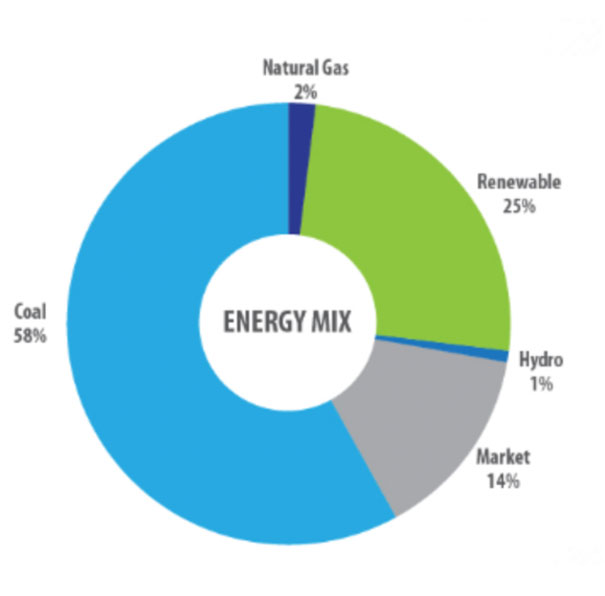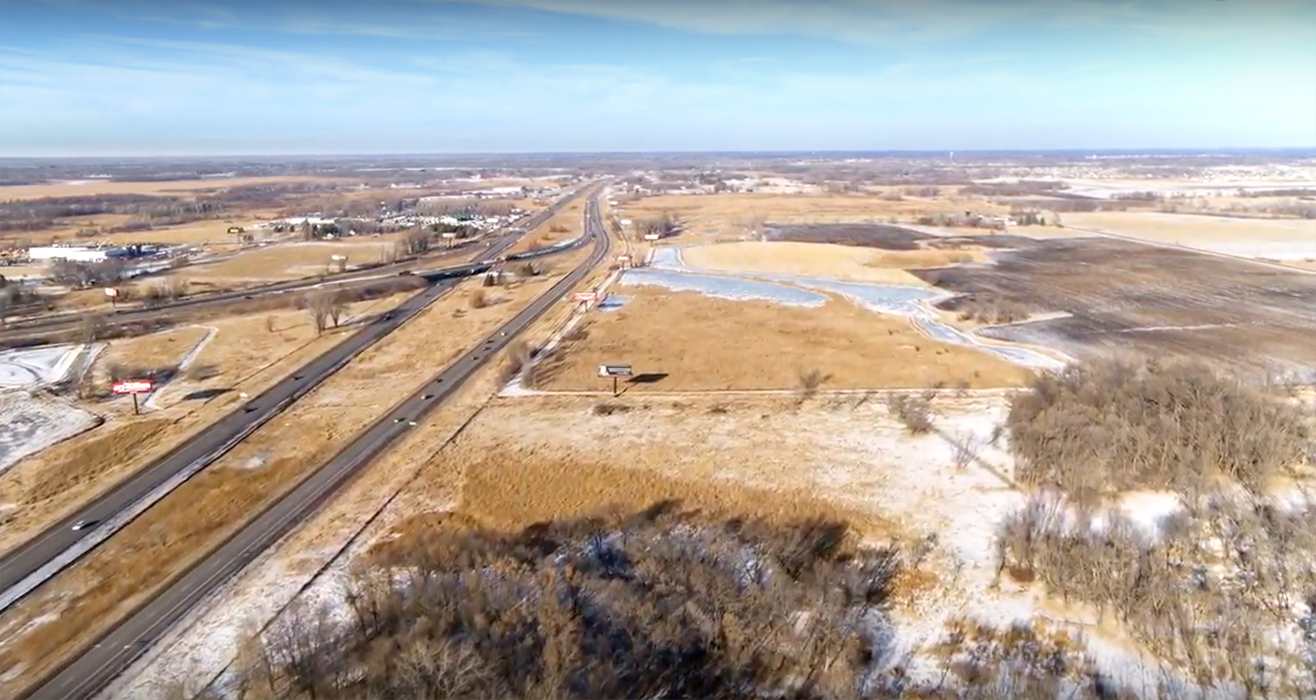
MN Tech Corridor Offers West Coast Companies An Energy Resilient Location
September 30, 2022
Energy resiliency is a critical issue that’s been exacerbated by storms, drought and fire, and recently - heatwaves. This summer in California, for example, the state had to take drastic measures to prevent widespread outages. As PBS reported, they risked falling “5,000 megawatts short of its power supply at peak demand.” To make matters worse, heat waves lead to draughts - something that puts additional strain on the power grid. “About 40 percent of water withdrawals — water taken out of groundwater or surface sources — in the United States go toward energy production,” reported Vox. With draughts leading to a drastic decrease in the size of the Colorado River, for example, the Hoover Dam and Glen Canyon Dam couldn’t produce their standard amount of energy. For west coast and southwest businesses requiring an uninterrupted energy supply, alarm bells should be ringing.
Moving operations to states not suffering from drought, and the Minnesota Technology Corridor (MN Tech Corridor) in particular, could be the answer. Temperatures are significantly cooler in Minnesota year-round than they are in states like California and Arizona. “Minnesota’s cooler temperatures are specifically advantageous for companies that need to keep their facilities cool. Data centers and advanced manufacturing companies, for example, can see a significant reduction in their energy bills by moving to our cooler climate,” said Chris Eng, Economic Development Director for Washington County Community Development Agency.
In addition to offering a cooler climate, Minnesota is resilient to extreme climate conditions. “The terrible hurricanes you see in Florida and the southwest just don’t happen here. We don’t have California’s earthquakes and we’re outside of Tornado Alley. This means that businesses are protected against the majority of climate-related disruptions,” said Eng.
 The energy supply itself is also resilient. Connexus, one of the MN Tech Corridor’s large energy suppliers, has a strong mix of energy sources, ensuring that if one area is diminished, other sources ensure a continuous energy supply. “Our members can increase the number of renewables in their specific power supply as well. Using the Connexus Renewable Energy Rider allows businesses to select wind and solar as their primary energy sources,” said Brian Burandt, VP - Power Supply and Business Development for Connexus.
The energy supply itself is also resilient. Connexus, one of the MN Tech Corridor’s large energy suppliers, has a strong mix of energy sources, ensuring that if one area is diminished, other sources ensure a continuous energy supply. “Our members can increase the number of renewables in their specific power supply as well. Using the Connexus Renewable Energy Rider allows businesses to select wind and solar as their primary energy sources,” said Brian Burandt, VP - Power Supply and Business Development for Connexus.
This strong diversity of energy sources has resulted in Connexus boasting high-reliability rates. “In 2021, including all sustained outages, our SAIFI was .50, or in other words… On average our members experience one sustained outage every two years. And on average that outage only lasts for about 77 minutes. If we control for extreme events or Major Event Days, this falls to nearly 1 outage every 3 years,” said Alison Miles, VP, Members | Connexus Energy. She added, “It’s likely that the reliability in the Minnesota Technology Corridor would be even better than our overall system reliability because the lines are typically underground or, at minimum, wouldn’t be surrounded by homes or neighborhood trees like you would have in other areas.”
“We will work with companies to ensure they have the energy mix to align with their corporate values and will help them to find a new location in the MN Tech Corridor,” said Bruce Sayler, Principal, Community and Economic Development for Connexus Energy. “Shovel-ready sites are available within the MN Tech Corridor and it’s possible to get permits in as little as two months or less (as was the case with Amazon’s new facility). We can move quickly and help companies to start construction right away.”



